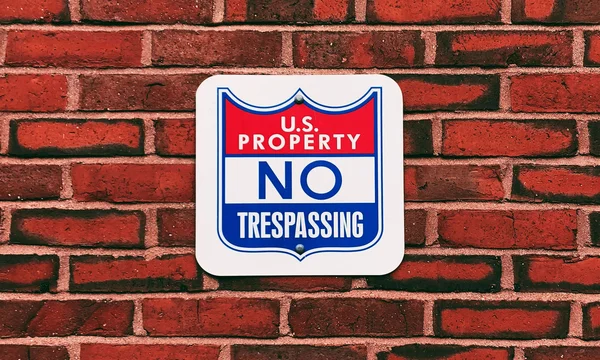
Back in September we wrote about how Judge Andrews rejected an expert who relied on a 50/50 starting point to show damages in a patent case. We noted at the time that the defendant had moved to strike any follow-up theory by the plaintiff, and it wasn't clear that the Court had ruled on it before trial began.
Now we know what actually happened. Yesterday, the Court released its opinion on the motion to strike. In its opinion, the Court explained that after the plaintiff lost its damages expert, the plaintiff tried to "cobble together" a damages theory from various facts on the Friday before trial. The Court struck that new theory:
[Plaintiff] NexStep …







